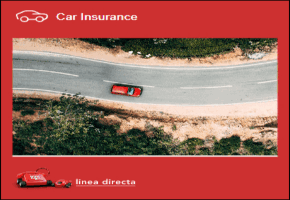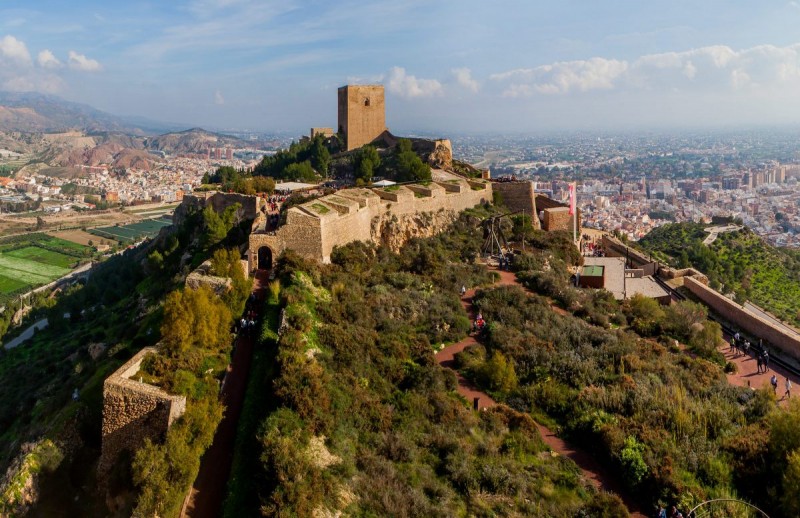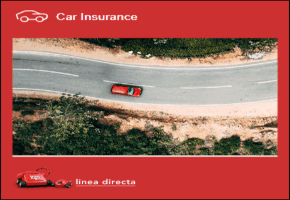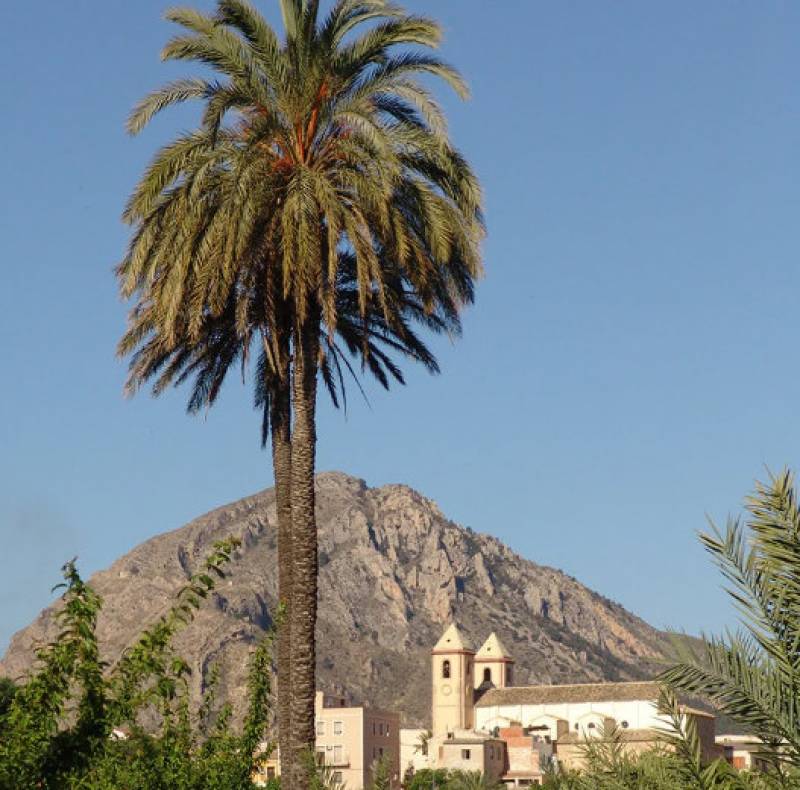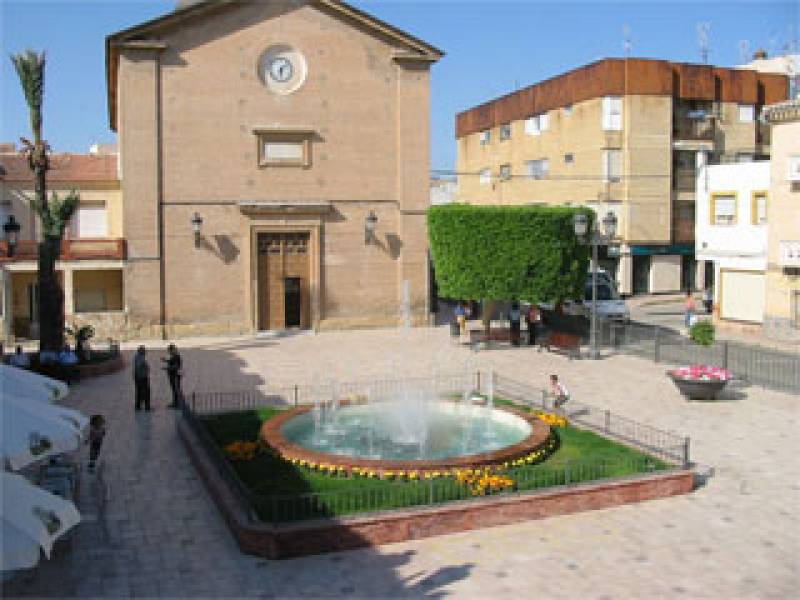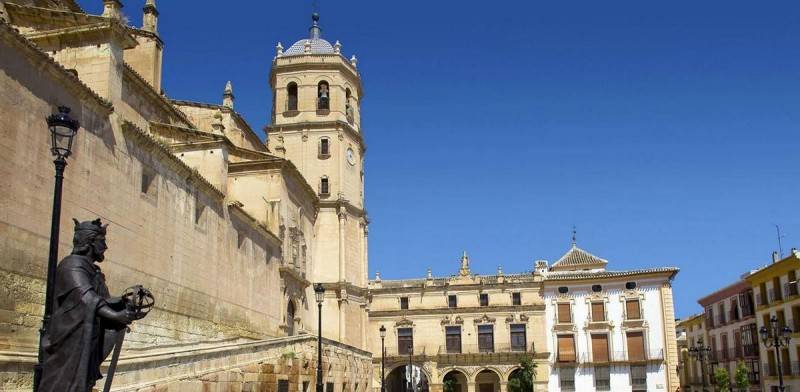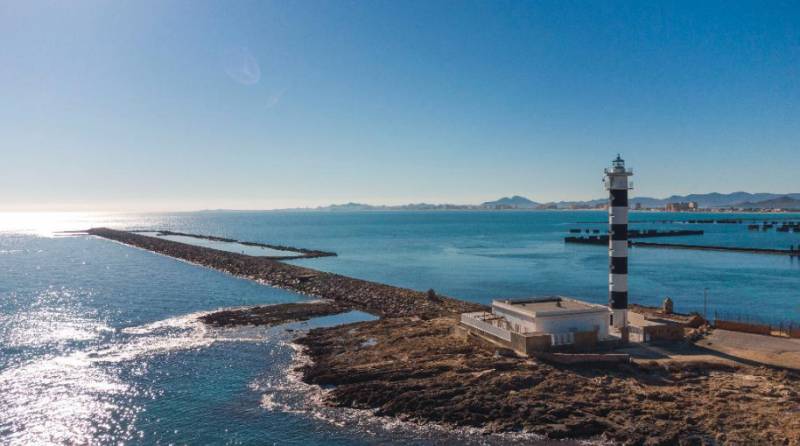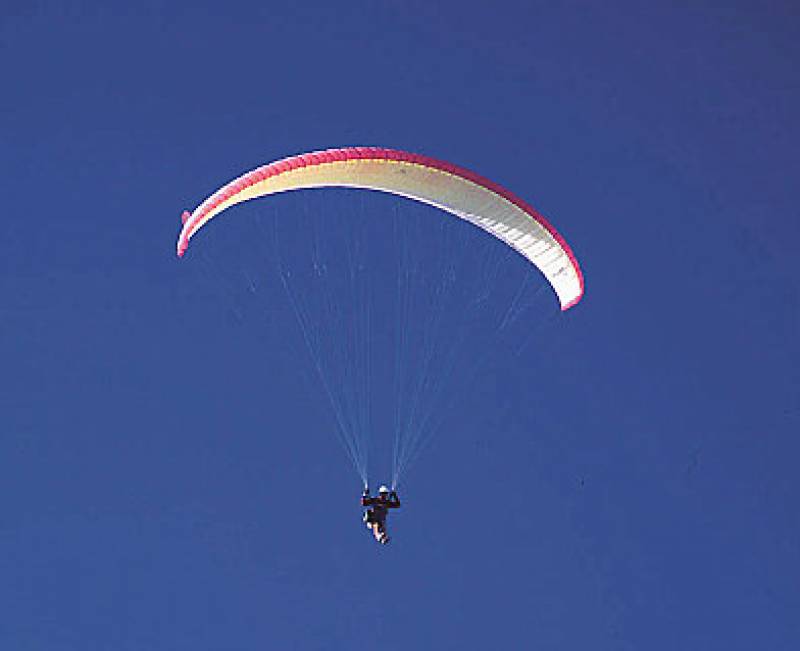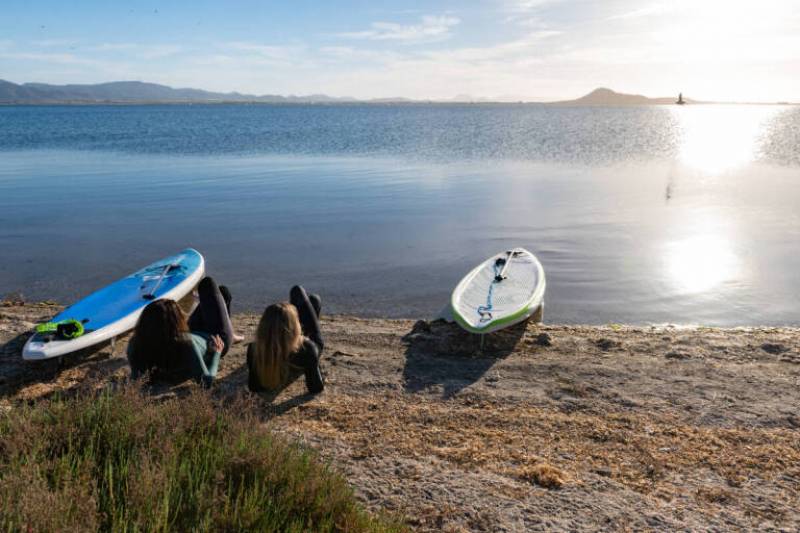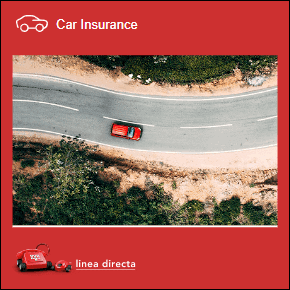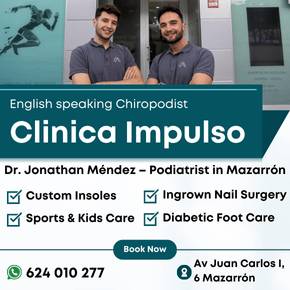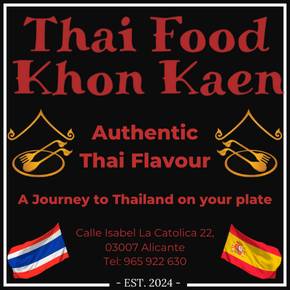

Guidelines for submitting articles to Santa Rosalia Today
Hello, and thank you for choosing Santa Rosalia.Today to publicise your organisation’s info or event.
Santa Rosalia Today is a website set up by Murcia Today specifically for residents of the urbanisation in Southwest Murcia, providing news and information on what’s happening in the local area, which is the largest English-speaking expat area in the Region of Murcia.
When submitting text to be included on Santa Rosalia Today, please abide by the following guidelines so we can upload your article as swiftly as possible:
Send an email to editor@spaintodayonline.com or contact@murciatoday.com
Attach the information in a Word Document or Google Doc
Include all relevant points, including:
Who is the organisation running the event?
Where is it happening?
When?
How much does it cost?
Is it necessary to book beforehand, or can people just show up on the day?
…but try not to exceed 300 words
Also attach a photo to illustrate your article, no more than 100kb

Lorca Castle the Fortaleza del Sol
The imposing might of the Fortaleza del Sol in Lorca
A visit to Lorca castle makes the centrepiece of a great day out for families or those with an interest in history, its spacious grounds hosting several interesting displays which focus on Medieval Murcia and the many cultures which have shaped the Region throughout its long history.
Nicknamed the Fortaleza del Sol (the fortress of the sun), the castle was never taken by force at any point in its history, although for many years it was situated in a strategically important location on the frontier between the Christian kingdoms of Castilla and Murcia and the Moorish kingdom of Granada. This situation arose after the Reconquista of Murcia in the 1240s and lasted until the Moors were expelled from Granada in 1492.
Medieval Lorca was a dangerous place for those unable to take rapid shelter behind the walls of the fortress, as there were frequent incursions into the area of Murcia by the Nazrid forces from Granada, and skirmishes were a regular occurrence.
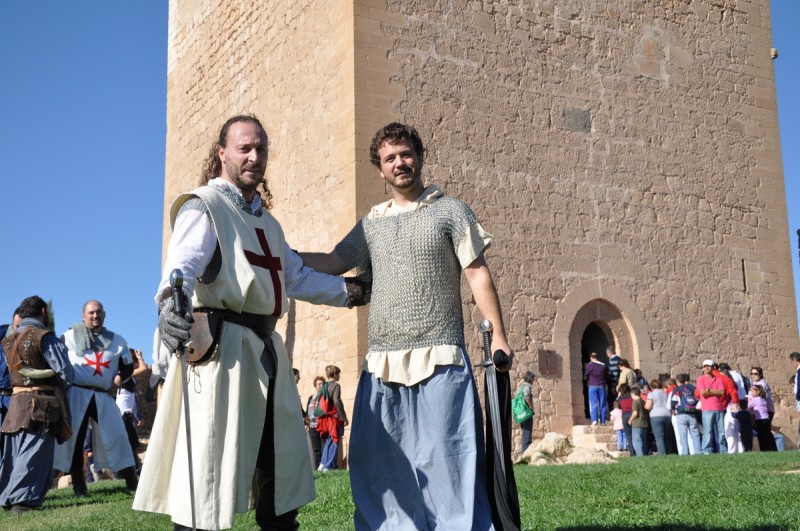
By 1492, when the Nazrids were finally ejected from their foothold in Granada and the marriage between Isabella of Castilla and Ferdinand of Aragon united Spain for the first time, its importance diminished, as a result of the threat of sudden attack having been removed.
Gradually the castle fell into disuse and disrepair as the population moved away from its shadow and built more extensive homes on the flatter ground below, but Lorca has now recovered what is arguably the most iconic of the many impressive monuments within the municipality, and the Fortaleza del Sol is the star attraction among the many spectacular sights in the city.

History
During the Middle Ages Murcia was a dangerous place, having been occupied by the Moors (who invaded much of southern Spain in 711) for over 500 years. Although their principal activity was agriculture and the population itself was largely peaceful, a series of internal conflicts and rebellions left them open to the advancing armies of Christianity under Fernando III of Castile, who negotiated a treaty which gave him control of almost the whole area in 1243.
Spain at that time was a series of kingdoms, and the Crown of Castilla was in the possession of a powerful family with an eye on expansion and a dangerous army. Once the Moors had been defeated they handed over control of Murcia to the son of Fernando III, Prince Alfonso, the man who later became known as Alfonso X, El Sabio, one of Europe's most important medieval monarchs.
Those Moors who refused to capitulate were forced into the last remaining Nazrid kingdom; that of Granada, making Lorca a frontier city and highlighting the need for fortification (click here to learn more about the history of Lorca).
The castle structure we see today was built on the same site as the former Moorish citadel, although the hill had been occupied long before their arrival in the 8th century: there are even the remains of a settlement dating from the Eneolithic (the Copper Age) not far away. (see History of Lorca part 1: Prehistory)
It is known that shortly after they settled in Lorca the Moorish overlords reinforced the defensive structures of their town, and in the 9th century the area enclosed by the city walls was extended by the addition of new walled districts tacked on to the main fortification.
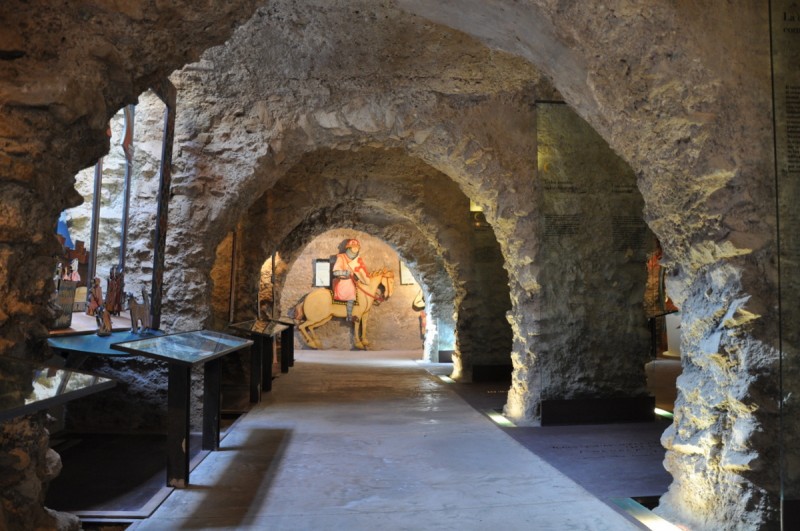
Most of the walls which we see today were built in the 12th century, at a time when pressure from the Christian forces in the north of the Iberian Peninsula was growing, making it an important defensive stronghold.
The fortress was extensively remodelled after the Moors were ousted from Lorca in 1244 to symbolize the power of the Castilian Crown with its two towers dominating the Lorca skyline. These were the Espelón tower and the Torre Alfonsina, a keep commissioned by Alfonso himself, and Lorca very soon became the second most important city in Murcia at this time, assuming economic strength as well as its military role.
Today the Torre Alfonsina houses an interesting exhibition to commemorate Alfonso, although the internal structure of the tower itself is worth the visit to the fortress on its own just to admire the vaulted ceilings soaring upwards, decorated with perfect brickwork!
It is important to mention that although Lorca in the Middle Ages became a major Christian city, there was also a sizeable Jewish population here, and during excavations prior to the construction of the Parador hotel which stands alongside the remains of a 15th century synagogue were found. This is the only such building known in the Region of Murcia, and subsequent investigations have shed considerable light on the history of the Jews in Murcia before they, along with the Moors, were expelled from Spain by the Catholic Monarchs in 1492.
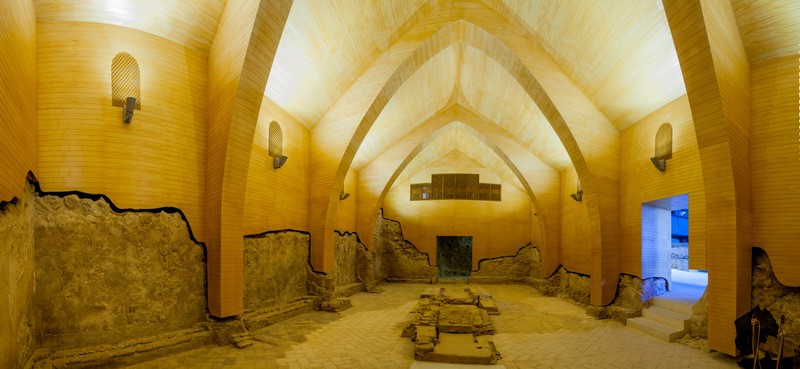
By the 18th century the castle had long been abandoned and was in danger of collapse, but it was briefly revived in the early 19th century during the Napoleonic War. Repairs were made to various parts of the fortress, altering its medieval appearance, and a gun battery was installed to bombard the Murviedo area and any attackers on the lower ground.
In 1931 Lorca castle was declared a National Historical Monument, and has since enjoyed protection. Following earthquake damage in May 2011 the repairs to the medieval walls and the Torre del Espolón were given top priority.
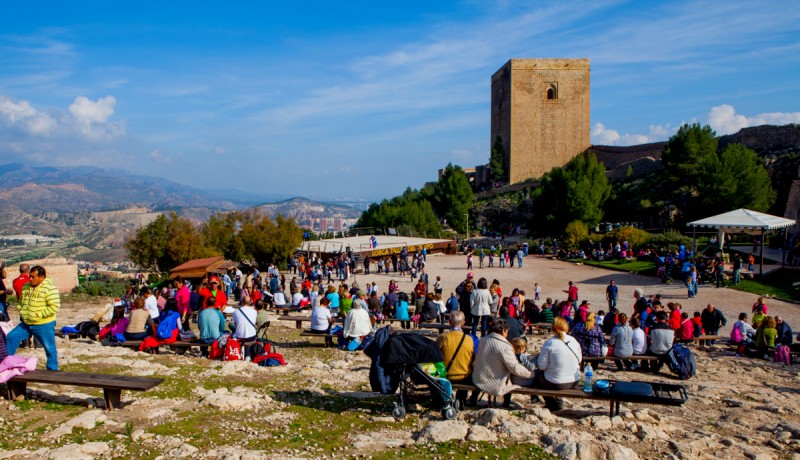
Visiting Lorca castle
The Fortaleza del Sol is now a major tourist attraction, and in general terms is open every day from 10.30 until around sunset during the summer, with the last admissions around half an hour before closing time. In the winter, the castle opens from 11.00 to 16.00 from Sunday to Friday and from 11.00 to 18.00 on Saturdays and bank holidays, while in the summer opening hours are lengthened considerably, especially to coincide with concerts and other special events.
Inside there are a variety of ways in which to enjoy and learn about a fortification which proved impregnable during the constant clashes between Moorish and Christian forces in the Middle Ages, and the emphasis is always on providing ways in which that learning can be fun: these include falconry displays and dramatized visits for both adults and children. Special evening events are common, and are published in the scrolling feed below and in the What's On section of Lorca Today.
The easiest option is to make your own way around the castle using the multilingual leaflets and audio guides (available in English), but for those who wish to dig a little deeper into the history of the castle and the remains of the 15th century synagogue, the services of tour guides can be contracted.
Groups are able to contract guides by prior arrangement and those travelling independently will find a number of guided options in the agenda. The tours are available in Spanish all the time and regular tours in English are added into the programme, althought the English audio guide is always available.
Entry to the castle grounds alone is free in the mornings, and complete entry tickets (with access to the Torre Alfonsina and other areas of special interest) are generally priced at 10 euros. A variety of guided tours can be found at the ticketing website here. (2022)
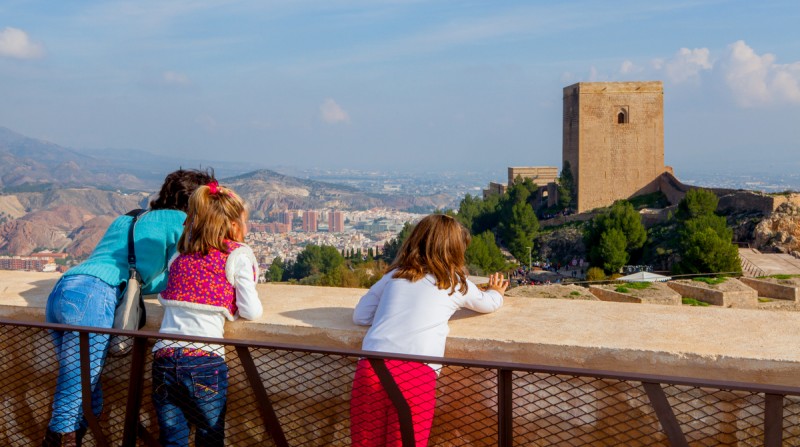
The site of the castle is extensive, with the various elements spread out over a large area, so on a practical level it is not the easiest location for those with limited mobility. however, there are ramps and pathways throughout for those with wheelchairs.
Its very nature as a defensive structure means that it is on many levels, and although the various audiovisual presentations and exhibits are accessible via ramps, exhibitions in the towers are on split levels and there are quite long distances between the various displays.
The Espolón tower houses an exhibition which portrays the dangerous nature of the location of the fortress in such a volatile border region, featuring a dungeon, an audiovisual of the experiences of a watchman and stunning tower-top views.
The Cistern house contains an interesting display which highlights the difference between the Christian and Muslim medieval worlds, and interesting and well-compiled displays covering the topics of society, war, culture and agriculture.
The 19th century bakehouse, which was discovered during renovation work, is beautifully laid out to show the processes of hand-baking bread, with atmospheric figures bringing the process to life.
The Torre Alfonsina, which required major restoration work after the May 2011 earthquakes, houses an interesting exhibition about the great King, Alfonso X "El Sabio", who took possession of the city of Lorca in 1244 and who left a legacy of music, art, law and scholastic documents that are still relevant today.
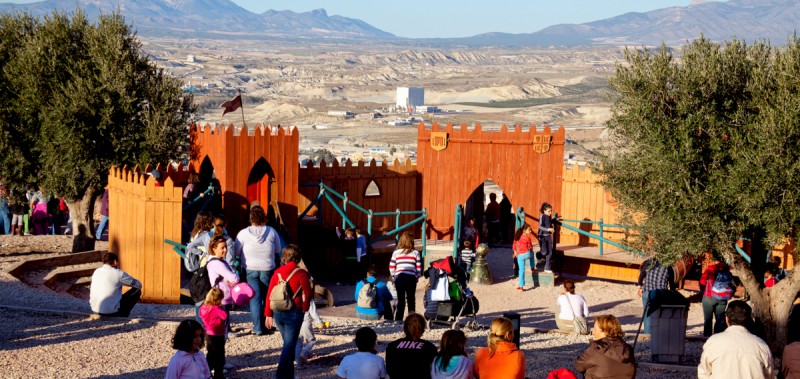
A full-size reconstruction of a siege engine presents a great photograph opportunity and shows the different techniques used to storm a castle, recreated from one of the documents left by Alfonso X himself, his Canticles of Saint Mary. Alfonso was a great scholar and accomplished musician, collecting, writing and commissioning many memorable pieces of music, and for many his greatest work was this book of songs, many of which are still performed today.
An oversized sundial in the form of a giant sword occupies part of the games area which is used for school and educational visits, helping children to reconstruct the life of a soldier garrisoned in the castle. There is also a good themed children's play area and at the weekends games and entertainments help to wear out the kids!
The castle is an appropriate visit for children as there are plenty of things for them to discover, towers to climb and interesting displays to look at, as well as the play area. In addition, there are many other small exhibition areas and different areas to explore, including winding paths through the gardens, and areas in which to sit and enjoy a rest or a picnic.
A cafeteria offers refreshments during opening hours with special summer suppers available during the summer on specific evenings, as well as being the setting for musical events.
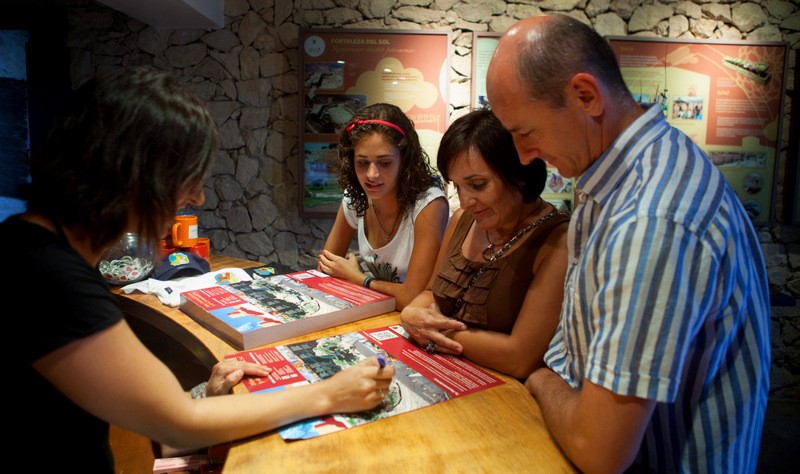
Reservations
Reservations can be made here at the Lorca Taller del Tiempo website - at the La Merced visitors centre (telephone 968 479 003) or at the Lorca tourist office (telephone 968 441 914).
Practicalities of a visit to Lorca Castle
As stated above, the Fortaleza del Sol is not the easiest for those of limited mobility or in wheelchairs. There are disabled parking spaces right next to the entrance, but the main car park is a fair walk downhill, so if there are very young children, or members of your party with limited mobility it’s advisable to drop them off at the entrance before parking. There are ramps throughout the complex. Good flat shoes are invaluable.
Allow at least 3 hours for this visit, as there's a lot to see!
NOTE: During 2022 the Lorca tourist office plans to reintroduce a special discounted bracelet (free for children aged under 6) which includes admission not only to the castle, but also to the La Merced visitors centre and the four embroidery museums belonging to the Paso Blanco, Paso Azul, Paso Morado and Paso Encarnado. CURRENTLY UNAVAILABLE (February 2022).
Contact Details:
Tel. 902 400 047
Fax 968 477 223
info@lorcatallerdeltiempo.com
Location
The castle is best reached from the city centre of Lorca by heading out of town along the RM-701 road to La Parroquia. After approximately half a kilometre the turning to the castle is signposted, requiring a doubling back operation which then leads up the hill to the castle. Adequate parking is available.
Click LORCA TODAY for more information about visiting Lorca, including what's on, what to see and general tourist information.

